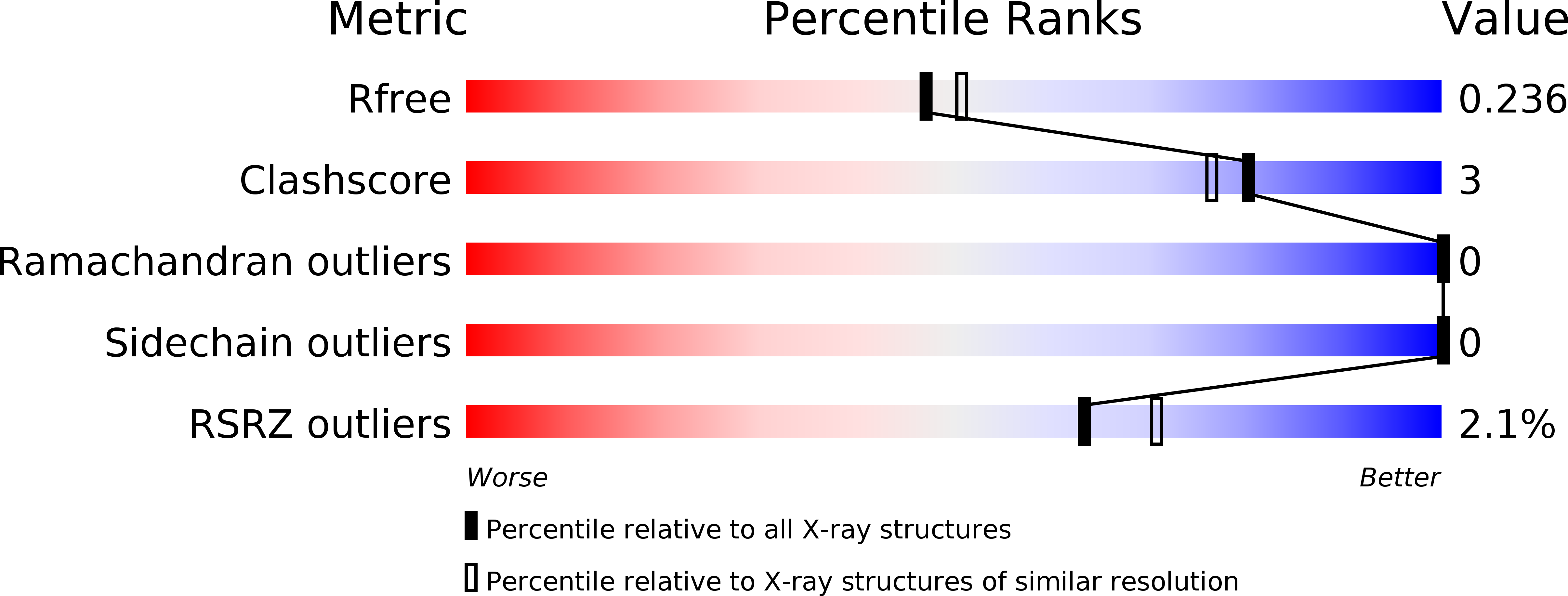
Deposition Date
2014-10-29
Release Date
2015-11-11
Last Version Date
2024-11-13
Method Details:
Experimental Method:
Resolution:
2.16 Å
R-Value Free:
0.23
R-Value Work:
0.19
R-Value Observed:
0.19
Space Group:
P 31 2 1


